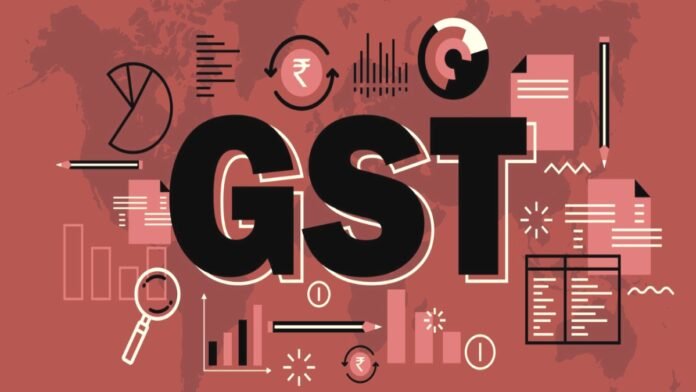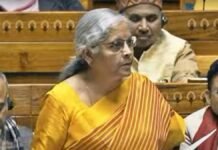
Key Highlights:
- Govt to replace 4 GST slabs with just 2-5% and 18%
- Food and daily essentials likely to get cheaper under revised GST regime
- Medical equipment to move from 28% to lower slabs making healthcare affordable
- Proposal under review for 3 years, decision not immediate
- MSMEs expected to benefit from simpler GST compliance rules
New Delhi: The central government is preparing to make a historic change in the GST (Goods and Services Tax) system. Currently spread across four slabs (5%, 12%, 18%, 28%), the structure may soon be compressed into two slabs 5% and 18%.
Officials clarified that work on this reform has been going on for over three years, with the primary aim to reduce the cost of daily essentials, ease tax compliance, and boost purchasing power among common citizens.
Relief for Common People: Daily Items & Food to Cost Less
One of the major objectives of this reform is to bring down the prices of food items and essential goods. Under the proposed system:
- 99% of items essential for daily life will fall in the 5% slab instead of the current 12% bracket.
- This would directly reduce household expenditure for families across India.
Officials said the step is designed specifically to provide relief to the poor, middle-class families, and micro-businesses.
Healthcare to Become Cheaper
The new tax structure will also bring down the cost of medical equipment and healthcare services.
- Several medical items currently placed in the 28% slab will be shifted to 5% or 18% categories.
- This is expected to reduce medical treatment costs significantly, making healthcare more affordable.
MSMEs & Small Industries to Benefit
Another major focus of the new GST framework is to simplify compliance for MSMEs (Micro, Small & Medium Enterprises).
- The registration, return filing, and refund processes will be made simpler and faster.
- The government believes easier processes will give a big push to small industries, entrepreneurship, and job creation.
- MSMEs, which are the backbone of India’s economy, will gain new momentum, helping to accelerate economic growth.
Decision-Making & Next Steps
A Group of Ministers (GoM) has been working on rate rationalization for the last few years. Although the Chairperson of the group has changed a few times, the panel has consistently worked on finding a balance between:
- Reducing tax burden on citizens
- Ensuring stable revenue collection for the government
- Maintaining overall economic stability
Government sources said this is not an immediate decision, but a carefully planned reform after assessing revenue implications and economic impact.


















































